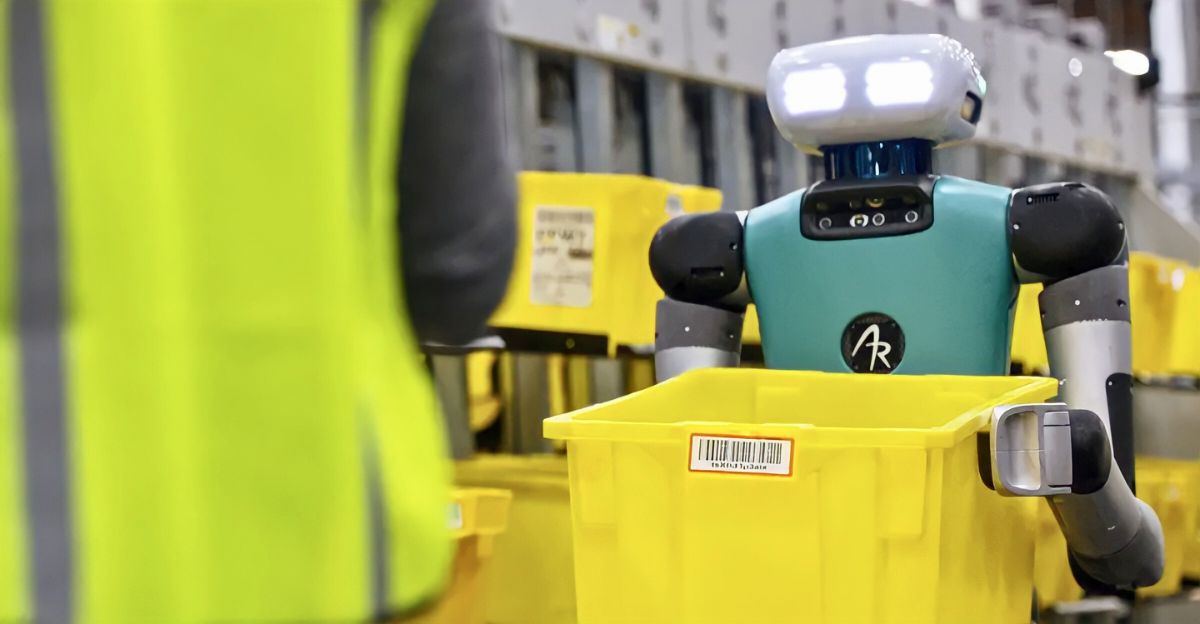
Robots will soon outnumber humans in Amazon’s warehouses, marking the beginning of a historic change. With more than 1 million robots in use now, nearly matching its 1.56 million employees worldwide, Amazon’s automation push is not only a significant technological advancement but also a sign of a new way of working. These robots are changing productivity, safety, and the fundamental nature of work in logistics, they are not just replacing human labor.
This change represents a significant rethinking of industrial labor, as machines are increasingly given the repetitive tasks and physical demands that have historically been performed by humans. Beyond efficiency improvements, the ramifications touch on labor rights, economic models, and how society adjusts to automation.
Automation’s Historical Development
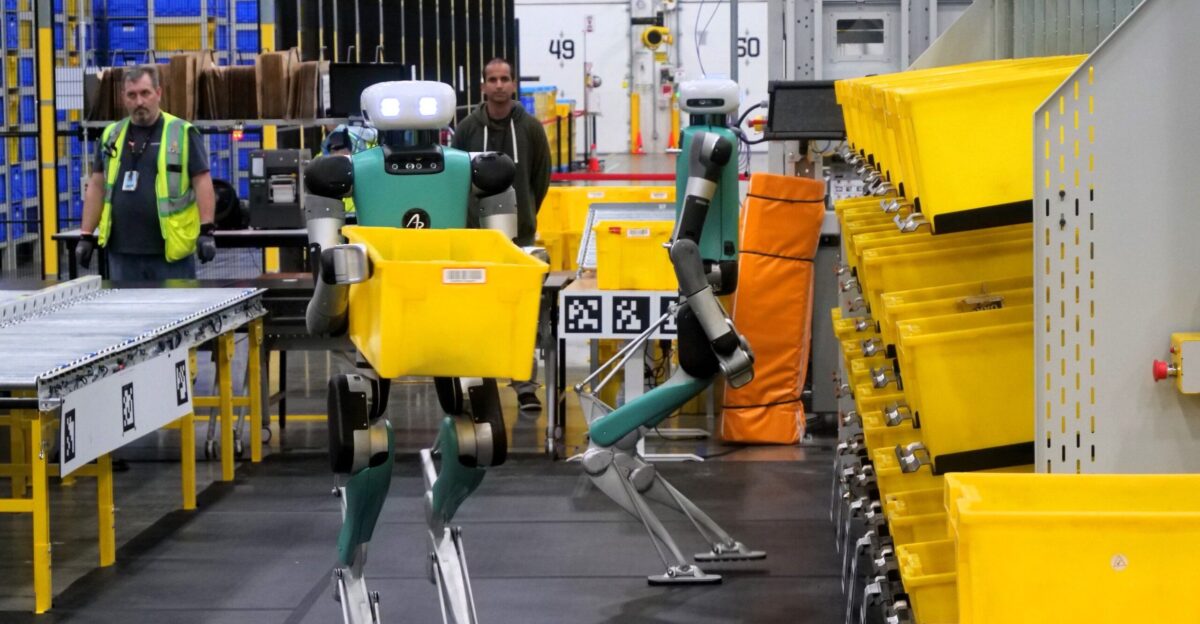
The robotic boom at Amazon is the most recent development in a centuries-long history of automation. Every automation wave since the invention of the steam engine, assembly lines, and the first industrial robot in 1961 has disrupted supply chains and labor markets. The purchase of Kiva Systems by Amazon in 2012 signaled a turning point for the company and sparked ten years of rapid advancements in robotic deployment.
Every technological advancement in the past has been greeted with opposition and anxiety, whether it was Luddites destroying weaving machines or manufacturing workers fearing assembly line robots. However, history also demonstrates that, despite some transitional difficulties, automation frequently results in the emergence of new industries and job categories.
The Data Is Truthful
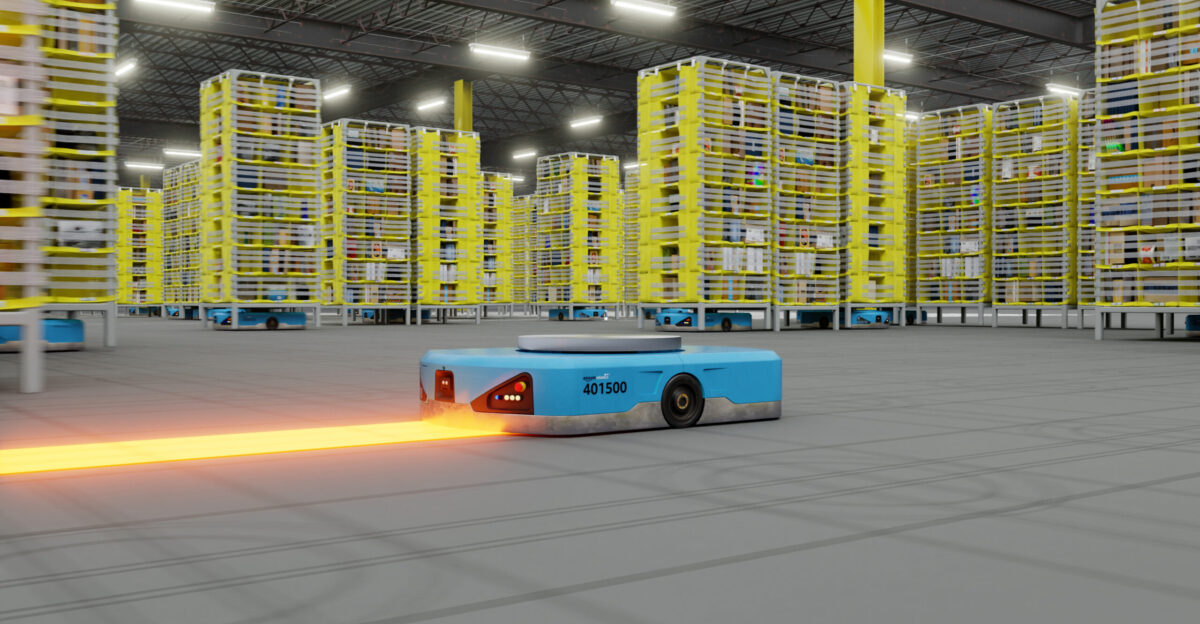
The statistics are telling and stark. By 2025, Amazon’s robot workforce had grown to over a million, almost equaling its human workforce. Thanks to automation, the number of packages shipped per employee has increased 22-fold over the last ten years, from 175 to nearly 3,870. Modern facilities are now 25% more productive than traditional warehouses. Not only are robots taking over monotonous jobs, but they are also radically changing the global labor, cost, and output calculus.
Amazon’s competitive edge is strengthened by the cost savings from automation, which enable it to provide cheaper prices and quicker delivery times. With fewer entry-level positions available and a greater need for technical and supervisory roles, the change also has an impact on the demographics of the workforce.
Robots as Producers of Employment
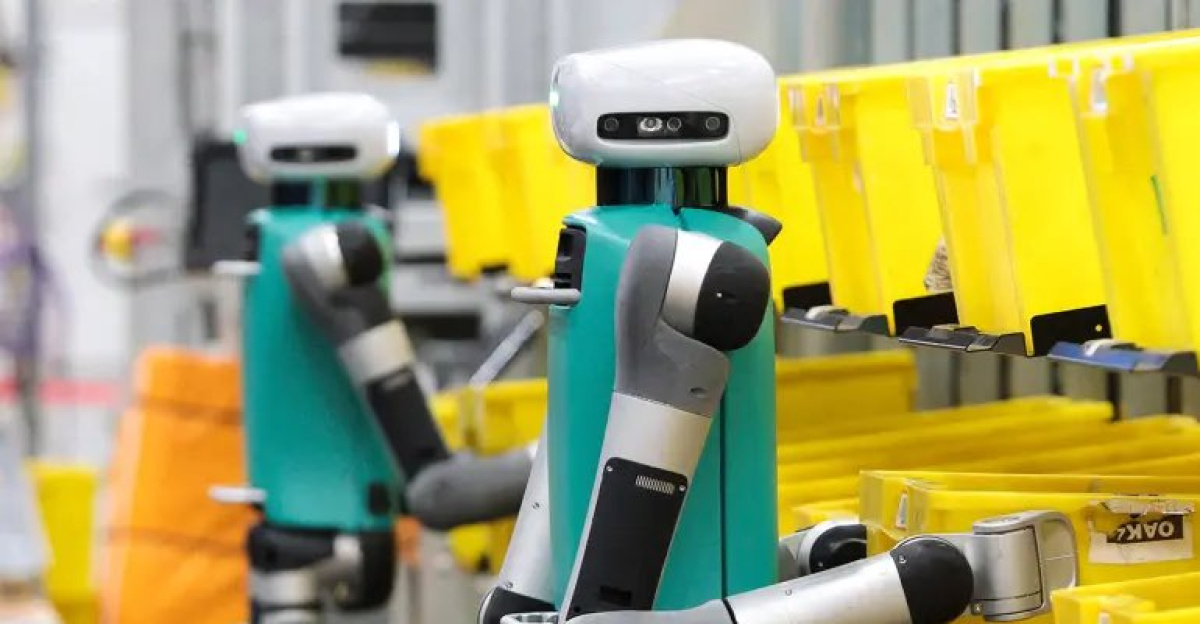
The automatic fear is that jobs will be destroyed by robots. However, with over 700,000 workers retrained since 2019, Amazon’s automation has produced new positions in data analysis, AI operations, and robotics maintenance. The business contends that by removing physical strain and drudgery, robots free up human labor for more valuable, less dangerous tasks. This change is consistent with past trends: automation creates new jobs, frequently with higher wages and safety, while dislodging some jobs.
This viewpoint emphasizes symbiosis and workforce evolution, challenging the oversimplified “robots versus humans” narrative. Furthermore, a dynamic labor ecosystem is suggested by the rise of new positions in quality control, system management, and robot programming. Other roles, which frequently call for advanced education and training, emerge as some roles become obsolete.
The Effect on the Mind: People in the Machine
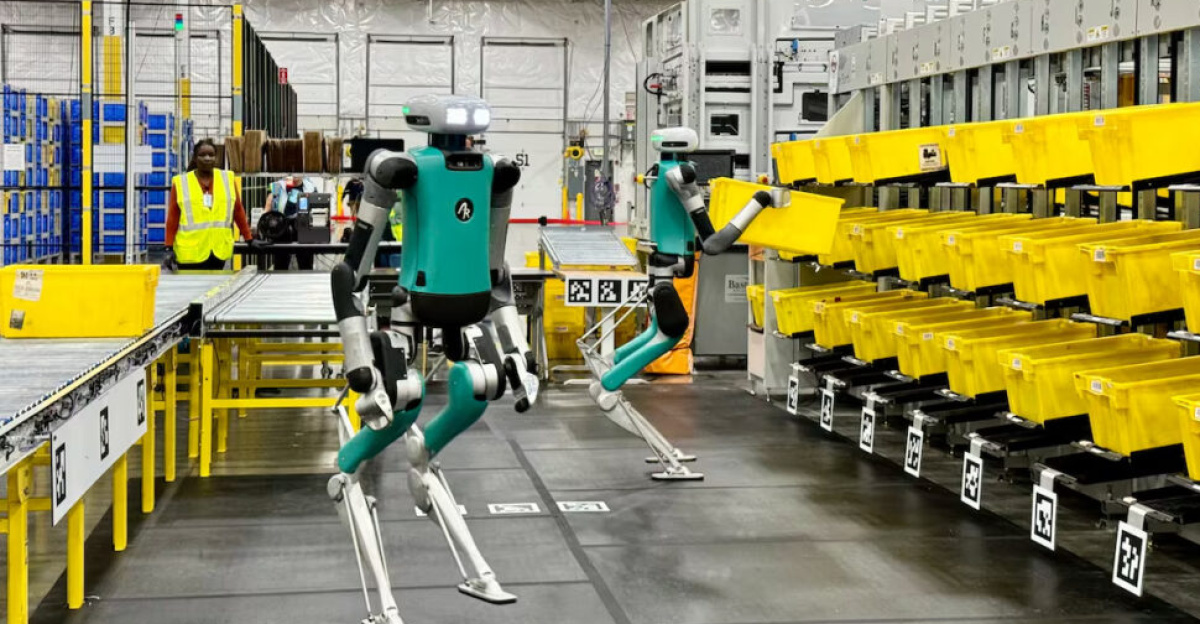
This robotic revolution is psychological as well as economic. Human workers are being pushed toward positions requiring judgment, creativity, and emotional intelligence as robots perform more repetitive and physical tasks. As a result, there is a minority of legacy manual jobs and a workforce divided between high-skilled tech and oversight roles.
As traditional roles change or disappear, workers struggle with their identities, which raises issues related to mental health and job satisfaction. As a result, Amazon and other businesses need to provide career counseling and emotional support in addition to technical retraining. In order to promote adaptability, this change also calls for a reexamination of leadership, communication tactics, and workplace culture.
The “Cyborg” Model of Amazon
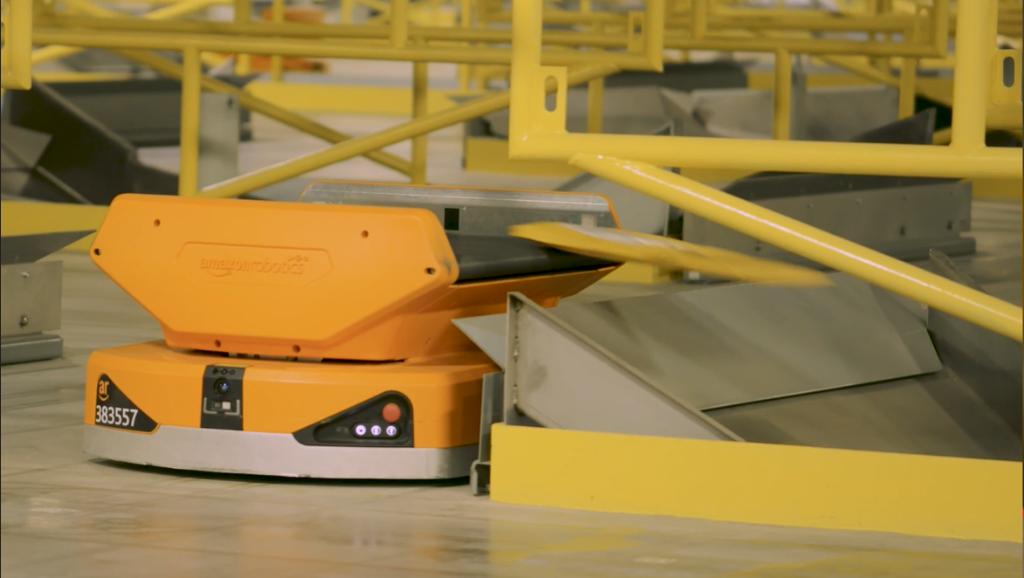
Amazon’s future is a “cyborg” synthesis rather than just a human or robotic one. Humans and AI-powered robots, such as Hercules, Pegasus, and Proteus, collaborate and enhance one another’s abilities. As a traffic controller, the company’s DeepFleet AI system maximizes the efficiency of both human and robot workflows. This hybrid model serves as a blueprint for the workplace of the future, where innovation and value creation are driven by human-machine collaboration rather than competition.
By emphasizing complementary skills, humans are good at problem-solving and adaptability, while robots are good at precision and endurance, this strategy allays concerns about a mass loss of jobs. In order to continuously improve operations and create a feedback loop that enhances worker safety and productivity, Amazon’s model also integrates real-time data analytics and machine learning.
Beyond Humanoids
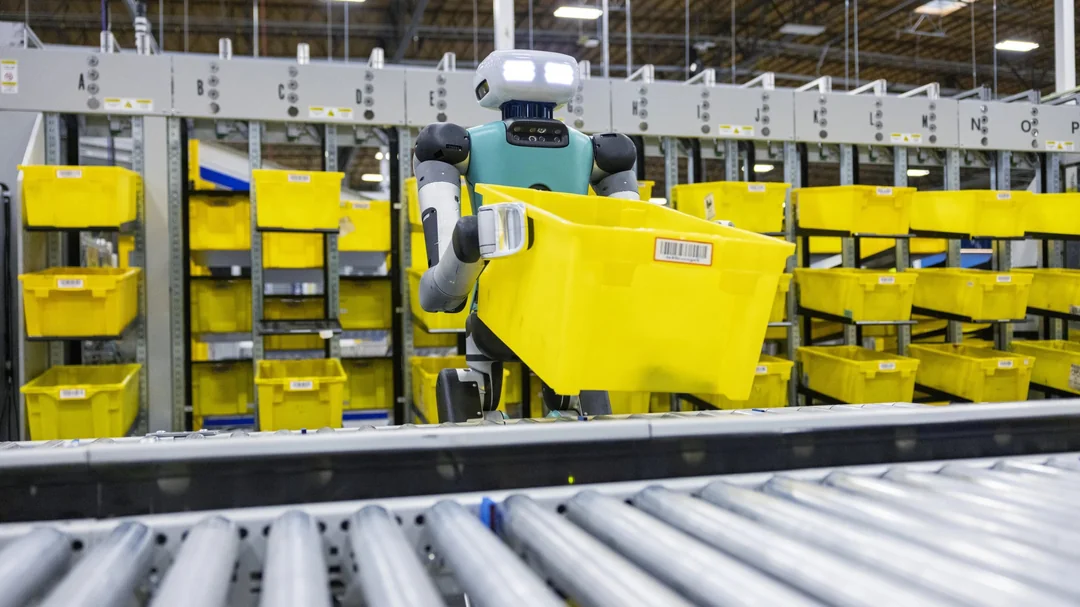
Humanoid robots that can unload trucks and even ride in delivery vans to deliver packages straight to customers are currently being tested by Amazon. Once the stuff of science fiction, these machines are currently undergoing beta testing. The final manual bottlenecks, such as loading, unloading, and last-mile delivery, could be automated if these trials are successful, which would tip the scales in favor of robots.
Significant concerns regarding labor displacement in industries like last-mile delivery that were previously thought to be immune to automation are brought up by this development. It also draws attention to moral and legal issues, such as liability, privacy, and safety. The success of these humanoid robots has the potential to change consumer expectations regarding speed and convenience and quicken the pace of automation adoption worldwide.
Green Revolution, AI, and Robotics
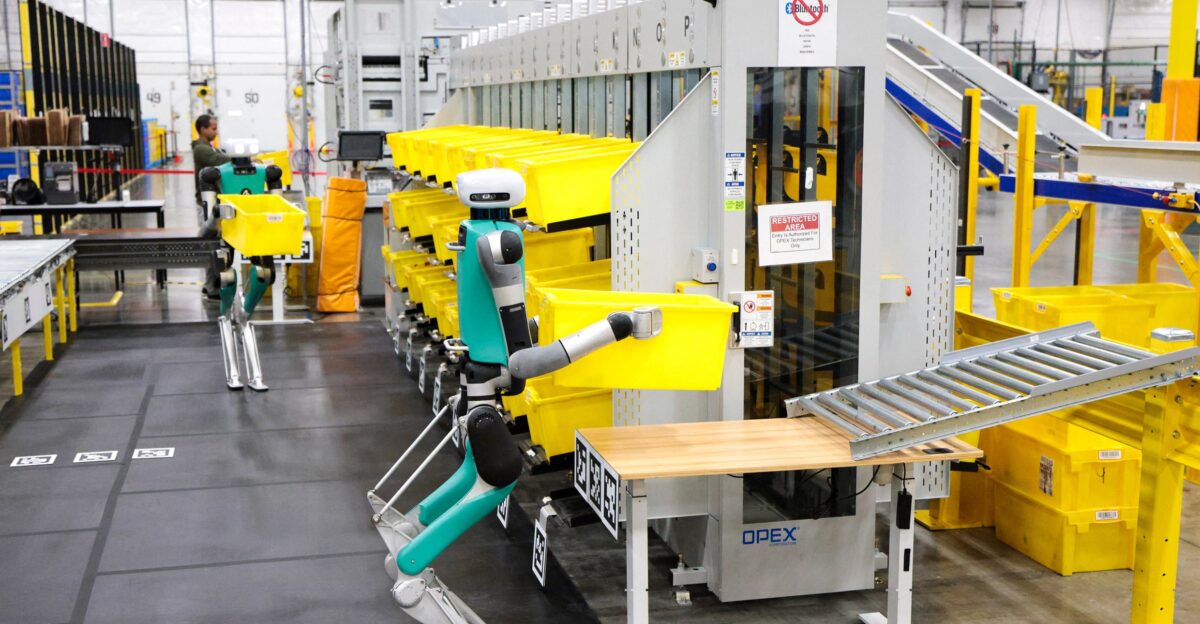
Sustainability and Amazon’s robot revolution are intertwined. Automated systems minimize the company’s carbon footprint, optimize delivery routes, and cut down on packaging waste. Same-day delivery is made possible by AI-driven logistics, which also uses less energy and resources. In a world with resource constraints and a climate crisis, the combination of robotics, AI, and green logistics is not only a business strategy but also a necessity.
Drones and autonomous electric cars promise even more emissions reductions. This integration is a prime example of how environmental stewardship and technological innovation can work together to transform efficiency gains into sustainability victories. Amazon is positioned as a leader in responsible logistics thanks to its investments in carbon-neutral projects and renewable energy, which also support its automation efforts.
Effects at the Second and Third Orders: Strategic and Social
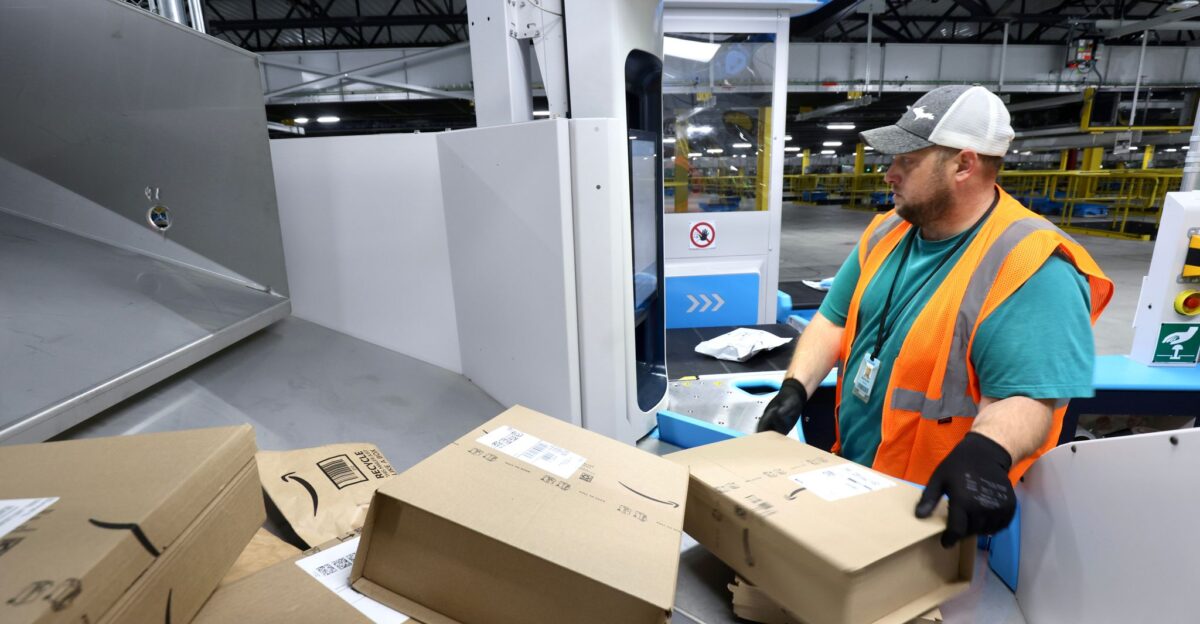
Amazon’s robotic domination will have far-reaching consequences. The demand for technical skills will rise while that for low-skilled warehouse labor will decline. Whole sectors, including retail, logistics, and robotics manufacturing, will have to change or perish. Countries that do not invest in automation run the risk of falling behind in the new global supply chain hierarchy on a geopolitical level.
Governments will need to reconsider workforce development and income distribution as a result of this shift, which will also have an impact on social safety nets, education systems, and economic policy. If automation is not controlled proactively, inequality may worsen. On the other hand, when combined with inclusive policies, it presents chances for innovation, economic expansion, and enhanced quality of life.
The Tipping Point That Is Unavoidable

The data is precise: Amazon’s robot workforce will soon surpass its human workforce. This is a natural result of unrelenting innovation, the need for competition, and economic gravity rather than a dystopian prophecy. Those who embrace change, invest in new skills, and reconsider the human-machine relationship will emerge victorious. Those who, out of nostalgia, cling to antiquated models will lose.
It questions established ideas about labor, worth, and human purpose. It is crucial for workers, business executives, and legislators to carefully manage this transition so that technology advances rather than hinders humanity’s larger objectives. Lessons about the potential and risks of automation’s next frontier can be learned from Amazon’s example.